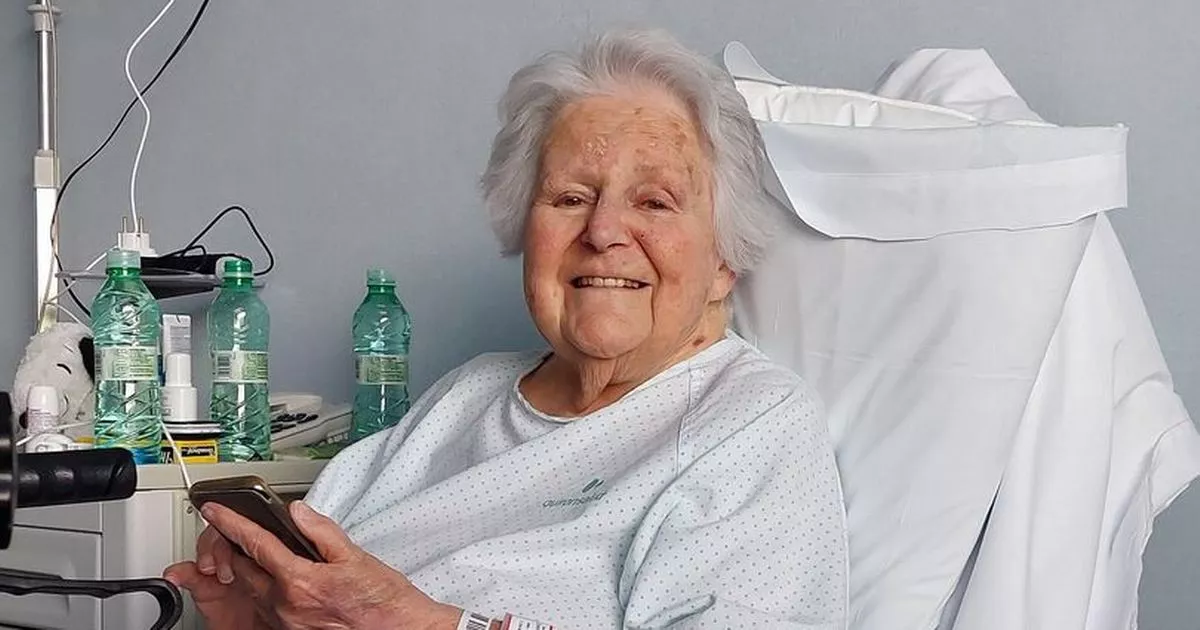The importance of patient and public engagement in the NHS has been recognised for over a decade. The benefits of better engagement include improved outcomes for patients; safer services; better decision making; and a greater sense of public ‘ownership’ of services that ultimately the public pay for and support.
The Scottish Health Council was established in 2005 to ‘support, ensure and monitor’ NHS Boards’ patient and public involvement activities. We do this by providing guidance and support at national level and ‘on the ground’ through a network of 14 local offices across Scotland (one in each board area). This followed the placing of a legal duty to engage with the public by the National Health Service Reform (Scotland) Act 2004
listening, understanding and acting on the views of local communities, patients and carers is given the same priority as clinical standards and financial performance.

One task of the Scottish Health Council is to ensure that the NHS complies with formal guidance on engagement and consultation when making major service changes. Sometimes our judgement has brought us into conflict with either NHS Boards and campaign groups (or both), as all sides tend to see a ‘successful’ process as one where their own view has prevailed. One difficulty is separating out the process of engagement and consultation with people’s agreement (or disagreement) with the resulting decision. However our experience is that where the NHS engages early with those who are likely to be affected, and can provide good evidence, based on clinical need and patient views, they are much more likely to have the public onside and supportive as opposed to outside waving placards. This means dialogue and honesty from the start.Another function of the Scottish Health Council is to disseminate good practice through toolkits, research and evidence. One of our reports highlights the importance of using new technologies to embrace ‘e-participation’ which enables NHS Boards to reach groups, particularly young people, not easily reached through traditional channels. We see this of great importance which offers huge opportunities for improving channels of communication and feedback.
The last thing we need in Scotland is complacency. We are awaiting the report from the Vale of Leven Hospital Inquiry (where an outbreak of infection in 2008 led to the deaths of 18 patients). In any event, we know we can always do better.
Locally, our staff get involved in a variety of involvement work, supporting NHS Boards to work with communities (e.g. helping establish Patient Participation Groups in primary care, or facilitating dialogue with ‘seldom heard’ groups), and channelling public input into national issues, through discussion groups and forums. These can be on a variety of issues and have included cancer indictors, dental and GP services, community pharmacies, and how to include members of the public on NHS Boards’ infection control committees. We have also engaged with the public to discuss how to take forward participation in the light of the forthcoming integration of health and social care services.In England a succession of reports have publicised failures of care*; these have all stressed the importance of listening to and engaging with patients and the public – not because it is good in itself (although it is) – but as one of the critical ways of ensuring NHS services are as safe as possible.
For example the Keogh Review found that:
“Involving patients and staff was the single most powerful aspect of the review process.”
Sending his Review into Patient Safety Report to senior civil servants and senior health executives, Don Berwick declared in his covering letter that one of his guiding principles was to
“Engage, empower, and hear patients and carers throughout the entire system, and at all times“
and that this should inform ‘every step’ in ‘what you think, say and do’.
In Scotland these reports are being taken very seriously even though they were produced in the different context of NHS England. The emphasis on patient experience and feedback has already been pursued through a variety of means, including national surveys and local support systems, but is likely to be accelerated, with the Patients’ Rights (Scotland) Act 2010 underpinning the importance of this. One of the Keogh recommendations discussed in the media was that the public should be included in inspection teams. In Scotland members of the public have been included by Healthcare Improvement Scotland since the inception of inspections, both through the Healthcare Environment Inspectorate (which is part of the organisation) and teams looking at care of older people in acute hospitals ( a combined total of 159 inspections since Oct 2009). Currently Healthcare Improvement Scotland is further reviewing this involvement so it can be refreshed and strengthened. The Scottish Health Council, as part of Healthcare Improvement Scotland, works closely with inspection and scrutiny colleagues from across the organisation to support patient and public involvement.
As well as including members of the public on inspection teams, a number of approaches for getting patient and public views have been trialled and adopted including: questionnaires (for patients and families/carers); patient and carer interviews; feedback from hospital visitors; observation of care in ward settings; public displays in hospital entrances with support from voluntary organisations to gather views; informal ‘walk arounds’ ; and analysis of complaints and survey feedback collected by the hospital. Although there was initial scepticism (and a small amount of hostility) from some professionals to the ‘observation’ method, our experience is that the approach of having inspectors and members of the public quietly observe care in practice is a very effective contribution to the intelligence and evidence about the quality of care. This approach is now a core element of inspections of older people’s healthcare in Scotland.
The last thing we need in Scotland is complacency. We are awaiting the report from the Vale of Leven Hospital Inquiry (where an outbreak of infection in 2008 led to the deaths of 18 patients). In any event, we know we can always do better.
We need to be doing everything we can to encourage public feedback, good and bad, so the NHS can learn and improve.
So how well is NHS Scotland listening to the public? Recently the Scottish Health Council published a report of an assessment process involving feedback from patients and NHS staff from across Scotland. This report used the Participation Standard, developed by the Scottish Health Council, to measure how well NHS Boards were involving people, and what areas required improvement. We found many areas of good practice, and that most NHS Boards were able to demonstrate progress in establishing robust systems for ensuring the patient and public voice was heard at boardroom level. However, we also found that the NHS needs to get better at feeding back to the public on the difference participation can make, and at evaluating the effectiveness of approaches. If people don’t get feedback they think they have been ignored which makes them less likely offer comments in future. We need to be doing everything we can to encourage public feedback, good and bad, so the NHS can learn and improve.
Internationally, everywhere, it is beyond dispute that the voice of patients, carers, and the public, must be heard and responded to by healthcare systems. This is critical in ensuring safety as well as responsiveness. In Scotland we have a system for supporting and monitoring patient and public participation; in light of integration of health and social care, and the increasing importance of monitoring safety and performance, we need to continually benchmark what we do against international best practice and explore ways to improve.
Richard Norris is Director of the Scottish Health Council.
* The Mid Staffordshire NHS Foundation Trust Public Inquiry 2012 (Francis Report); the Berwick Review into Patient Safety 2013; Review into the quality of care and treatment provided by 14 hospital trusts in England Overview Report by Sir Bruce Keogh 2013









